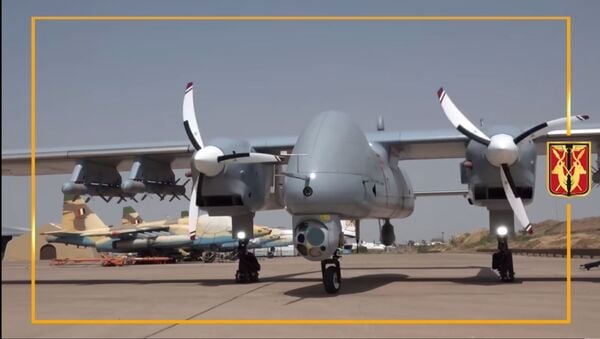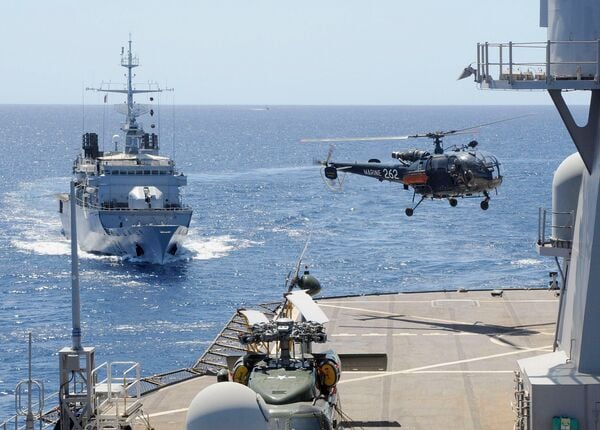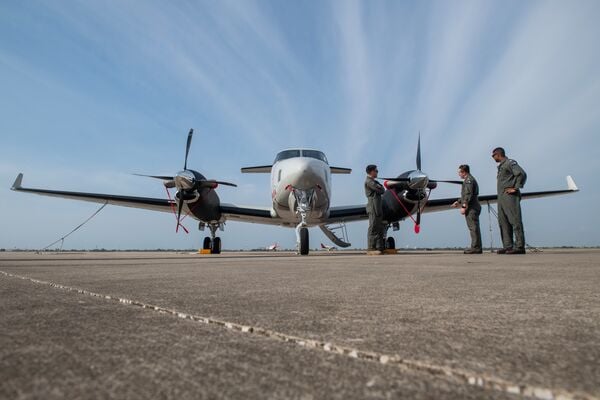- About
- Intara
- Capabilities
- Advisory
- Resources
- News
- Store
Russia's Security Council gains power
30 November 2020
by Mark Galeotti
Russia’s Security Council (Sovet Bezopasnosti: SB) was established in 1992, the direct successor of its Soviet counterpart to the Soviet Security Council, although during the 1990s it was often of questionable value, acting more as a half-way house for officials on their way to retirement. It is technically an arm of the powerful Presidential Administration (Administratsiya Prezidenta: AP), the institution that has emerged as Russian President Vladimir Putin’s primary agency of management.
In practice, the SB is an autonomous body, especially since 2008, when Nikolai Patrushev, one of Putin’s most trusted allies, became its secretary (see box). Although the body is not the reincarnation of the ruling Soviet Politburo as is often suggested, the evidence shows that the SB’s remit and power has expanded in recent years, particularly since 2011.
Drawing on Russian media reports, official government records, public statements, and conversations with former and serving Russian security officials, Janes has explored the strengths and limitations of this body and tracked the way that, in parallel with the increasing strength of the AP, the SB has become the key institution shaping the broad parameters of security policy, both domestic and external.

Chadian Air Force unveils Aksungur UAV
23 April 2024
by Jeremy Binnie


Chad's new Aksungur is seen warming up for take-off in a still from a video released by the AAT. (Armée de l'Air Tchadienne)
The Chadian Air Force (AAT) has revealed it has received at least one Turkish Aerospace (TUSAŞ) Aksungur unmanned aerial vehicle (UAV).
It released a video on 21 April that included footage of an Aksungur with AAT markings and the Turkish-format serial 23013 taking off from Adji Kosseï Air Base at N'Djamena International Airport armed with eight MAM-L small laser-guided bombs. The video also featured AAT personnel being trained by TUSAŞ in Türkiye.
The AAT operates at least two TUSAŞ Anka UAVs and three TUSAŞ Hürkuş-C turboprop light-attack aircraft, which were unveiled when President General Mahamat Idriss Déby Itno visited Adji Kosseï Air Base in July 2023.
Philippines, US kick off Exercise ‘Balikatan' with debut of coastguard, French Navy ships
23 April 2024
by Ridzwan Rahmat


Pilots from the French Navy surveillance frigate Vendémiaire (F734) practice landing aboard the amphibious command ship USS Blue Ridge (LCC 19) during an interoperability exercise. Blue Ridge is the flagship for Commander, US 7th Fleet. (US Navy)
The Armed Forces of the Philippines (AFP) and the US military have begun the most complex iteration of Exercise ‘Balikatan', which is seeing the first-time participation of a French Navy warship and vessels from the Philippine Coast Guard (PCG).
A ceremony to mark the start of the exercise was held on 22 April at Camp Aguinaldo in Quezon City, Philippines. Drills under the annual bilateral exercise will be held at various locations across the Philippines till 10 May.
“With over 16,000 service members participating across Luzon from today until 10 May, ‘Balikatan' 2024 is designed to address the ever-evolving security landscape in the region and is poised to be the most complex and comprehensive iteration to date,” reads a statement issued by the AFP on 22 April.
US Navy accepts first two Textron T-54 deliveries
23 April 2024
by Zach Rosenberg


The first of two Textron T-54s delivered to the US Navy, intended to replace the T-44s. The deliveries were announced on 22 April. (US Navy)
US Naval Air Systems Command (NAVAIR) accepted delivery of the first two Textron T-54 Multi-Engine Training System (METS) aircraft at Naval Air Station (NAS) Corpus Christi, Texas, the service announced on 22 April. The aircraft are set to begin training students at NAS Corpus Christi's Training Air Wing Four in boreal spring 2025, the US Navy (USN) told Janes .
The USN intends to operate 64 of the Textron King Air 200-based aircraft, which will replace the Textron T-44 as the service's main twin-engine pilot training aircraft. Deliveries are set to run through 2026, and the aircraft is meant to operate until 2055.
“This aircraft brings modernised training to student naval aviators and prepares them for the advanced aircraft they will fly in the fleet,” said Captain Duane Whitmer, USN programme manager.
Russia’s Security Council (Sovet Bezopasnosti: SB) was established in 1992, the direct successor of ...
Latest Podcasts
Iran Israel analysis
In this podcast Janes analysts discuss the Iranian attacks on Israel on the 14 April. They highlight the military systems used by Iran and the performance and impact of these on Israel. They also discuss the implications of this attack goi...
Listen nowJanes Case Studies
Using Janes Intara to build a common intelligence picture: Russian build up on the Ukrainian border
View Case StudyNews Categories
 Security Details
Security Details